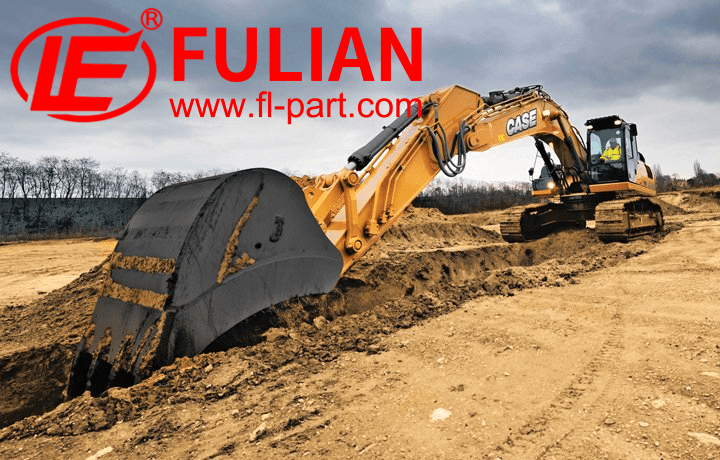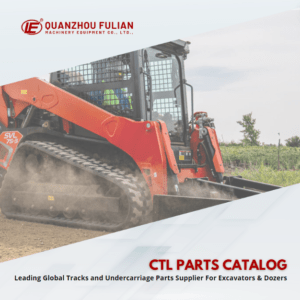

To compare the cost-to-performance ratio of various excavator track adjuster brands effectively, you should consider several key factors that influence both the cost and performance of these components. Here’s a comprehensive approach:
1. Understand Your Requirements
Start by identifying the specific needs of your excavator and job site. Consider factors such as the type of work (e.g., heavy excavation, landscaping), operating conditions (e.g., muddy, rocky), and the excavator’s make and model. This helps in narrowing down the brands that offer adjusters suitable for your applications.
2. Evaluate Brand Reputation
Research the reputation of different track adjuster brands. Established brands often have a proven track record of reliability and performance. Check for reviews, testimonials, and feedback from other users. Brands with positive feedback and a long history in the industry are likely to offer better cost-to-performance ratios.
3. Compare Performance Metrics
Assess the performance metrics of each brand’s track adjuster. Key performance factors include:
- Durability: How long the adjuster lasts under typical working conditions.
- Adjustability: Ease and precision of track tension adjustments.
- Compatibility: Fit with your specific excavator model and the range of adjustability.
- Maintenance Requirements: Frequency and ease of maintenance needed to keep the adjuster in optimal condition.
4. Analyze Cost Factors
Compare the costs associated with each brand, including:
- Initial Purchase Price: The upfront cost of the track adjuster.
- Installation Costs: Expenses related to installing the adjuster, if not included in the purchase price.
- Maintenance and Repair Costs: Long-term costs for upkeep and repairs. Track adjusters with lower maintenance requirements can reduce overall costs.
5. Consider Warranty and Support
Evaluate the warranty and support offered by each brand. A comprehensive warranty can be a good indicator of confidence in the product’s quality and durability. Additionally, consider the availability of customer support and replacement parts.
6. Perform a Total Cost of Ownership Analysis
To get a clearer picture of the cost-to-performance ratio, calculate the Total Cost of Ownership (TCO). This includes:
- Initial Cost: The purchase price of the track adjuster.
- Operating Costs: Maintenance, repairs, and any downtime costs.
- Expected Lifespan: How long the adjuster is expected to last before needing replacement.
7. Evaluate Value-Added Features
Some track adjusters may come with additional features or benefits, such as improved sealing to prevent debris entry or enhanced adjustability mechanisms. Evaluate whether these features provide added value relative to their cost.
8. Conduct Comparative Testing
If possible, test the track adjusters from different brands in similar operating conditions. This hands-on approach provides practical insights into their performance and how well they meet your needs.
9. Seek Professional Advice
Consult with industry professionals or equipment specialists who can provide expert opinions and recommendations based on your specific needs and operational context.
10. Review Industry Benchmarks
Finally, review industry benchmarks and comparisons from credible sources or trade publications to see how different brands stack up in terms of performance and cost.
By systematically evaluating these factors, you can make an informed decision about which excavator track adjuster brand offers the best cost-to-performance ratio for your needs.
Fulian Operation Team
2024.9.20








